The Community Infrastructure Levy (CIL) is a tax on new development, and quite a hefty one at that.
It was designed to replace the old Section 106 levies raised by local authorities as a way of increasing revenues to cover costs for infrastructure associated with new construction schemes.
For big developers, it’s something to be negotiated away. For small to medium builders it’s an annoying overhead that has to be factored into the pricing. And for self builders, it can be an existential threat to a domestic project.
The good news is that self builders can claim an exemption. However, only by following the designated process to the letter. Any deviation from the rules can result in a demand for payment in full.
Sending an email rather than the approved CIL form can cost you around £40,000 and potentially kill your project.
Self build CIL court case
I’m indebted to Mark Doodes of MDP Planning Consultancy who kindly sent me the transcript of a recent High Court decision. The case was between Shropshire Council and the Secretary of State for Communities and Local Government.
Mark and I have shared many a platform at self build shows where the issue of CIL has been raised. He is well aware of my absolute disgust that in this country, an administrative oversight can result in such a draconian penalty.
In this case, a self builder obtained planning permission for a detached home with a triple garage. He also applied for, and received, an exemption from Shropshire Council from the assessed CIL liability of £36,861.43. He acquired this by submitting Form 7 Part 1 via the Planning Portal website.
So far, so good.
The next stage is that a Commencement Notice (Form 6 from the Planning Portal) must be submitted before work begins. However, this self builder sent an email instead, assuming
that this would serve as valid notice, and started building.
The next month, the council sent him a demand notice requiring immediate payment of the full CIL, plus a surcharge of £2,500 because he had not issued “a valid commencement notice”.
The self builder appealed successfully, with the inspector agreeing that the email worked as a commencement notice. However, Shropshire Council challenged the decision in the High Court and won, arguing that the CIL regulations outline a very specific notification procedure and that the email failed as it didn’t include the same level of detail and information as the proper form.
The self builder therefore lost the ability to claim the CIL exemption and ended up paying the entire charge and surcharge, totalling £39,361.43.
Please don’t fall into this trap; obey the CIL rules, folks.




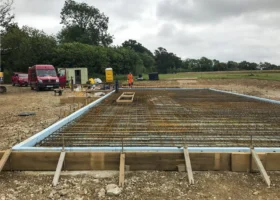























































































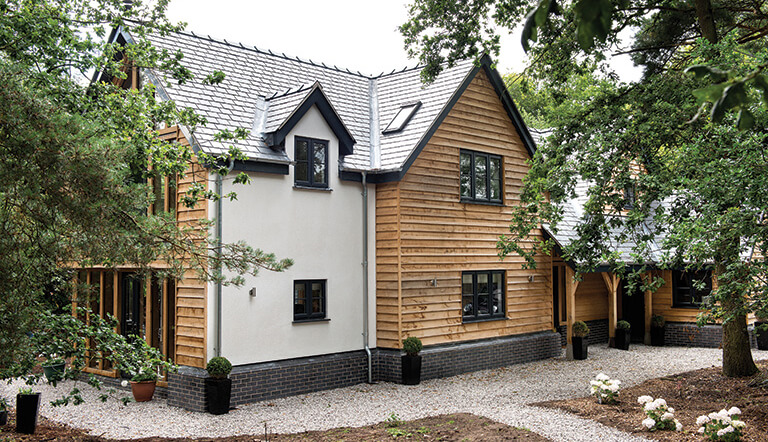
 Login/register to save Article for later
Login/register to save Article for later

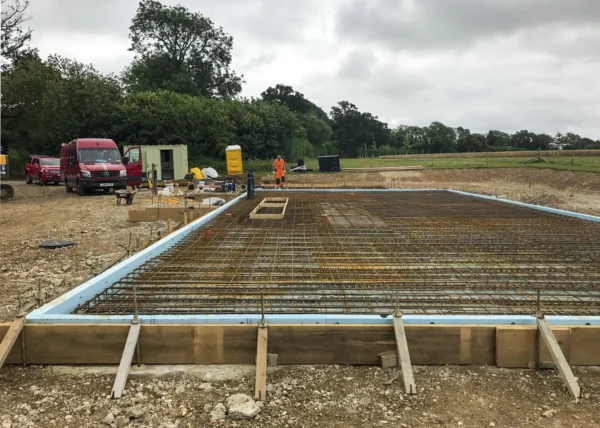
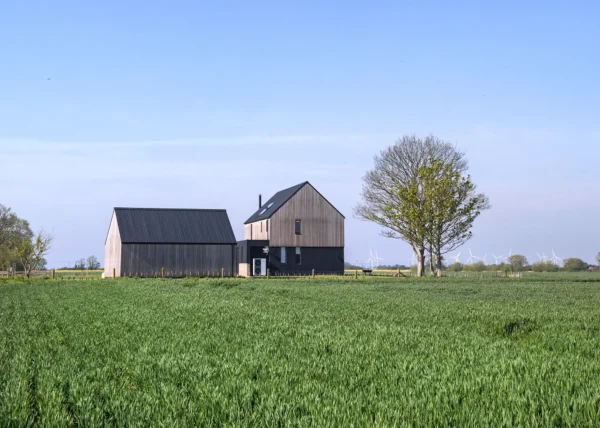

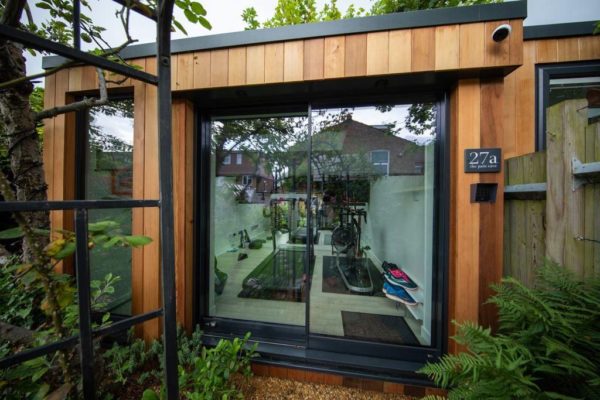







Hello
Could the CIL be known as something different in each council area?
Cheers
Hi Spike,
The Community Infrastructure Levy applies in England and Wales. Councils can choose to charge it; but may not always do so. As far as I know, it is always called the Community Infrastructure Levy (CIL).
CIL does not currently apply in Scotland or Northern Ireland.
As Mike notes above, some councils charge a Section 106 fee, which could be in addition to the CIL. There is a self build exemption for Section 106 planning contributions BUT not every council will apply this (and a series of court judgements has made the validity of the Section 106 self build exemption unclear).
Scotland’s version of Section 106 is known as Section 75.
Hope this helps… if you are encountering another fee / name for a fee it would be great to hear what it is!
Best wishes,
Chris (editor, Build It)